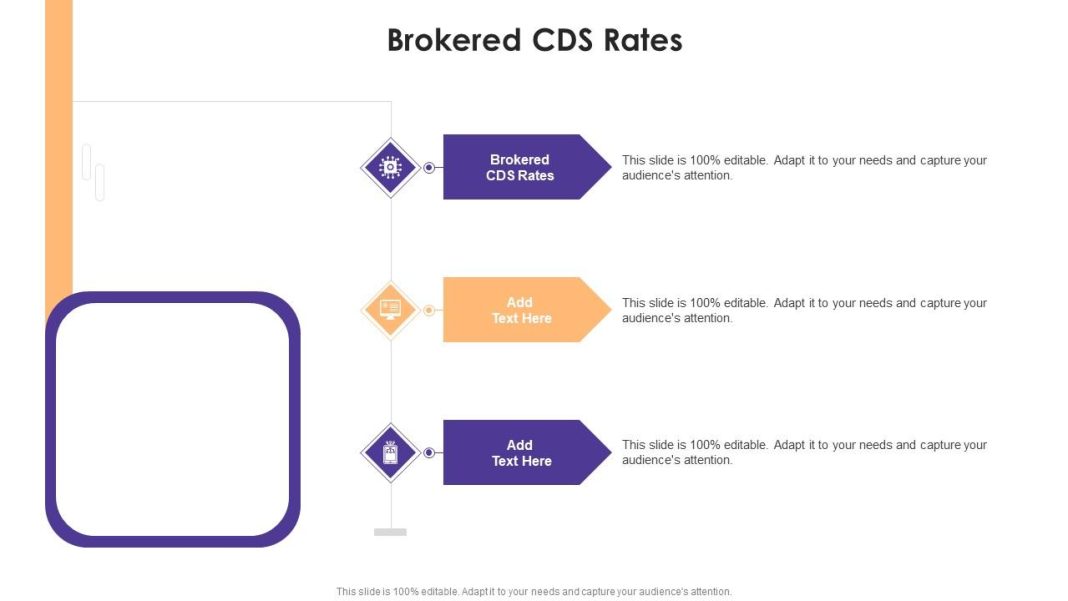
Brokered Certificates of Deposit (CDs) Explained
Brokered certificates of deposit (CDs) are financial products offered by brokerage firms like Charles Schwab and Fidelity Investments. These CDs are issued by various banks across the country and then resold to customers by brokerage firms. Similar to traditional CDs, brokered CDs offer a range of maturities, from as short as one month to as long as 20 years. What sets brokered CDs apart is the potential for higher yields compared to traditional CDs.
One key advantage of brokered CDs is that they are typically insured by the Federal Deposit Insurance Corp. (FDIC). However, it’s always a good idea to confirm coverage with your broker. Another benefit is that brokered CDs do not incur early-withdrawal penalties like traditional CDs do. This means that if you need to access your funds before the CD reaches maturity, you can sell it on the brokerage’s secondary market. It’s important to note that if interest rates have risen since you opened the CD, you may receive less money back than what you initially paid. Conversely, if rates have fallen, you may receive more.
Despite their advantages, brokered CDs come with some risks. One potential risk is that your CD may be callable. In other words, if interest rates decline, the brokerage firm may redeem or sell your CD before maturity. While you will receive a refund of your deposit, you won’t earn any potential future interest. It’s crucial to consider this risk before investing in a brokered CD.
Writing Fraud-Proof Checks
In an age where thieves are increasingly targeting mailboxes, it’s important to take precautions when writing checks to protect yourself from fraud. There are several steps you can take to make it harder for criminals to alter or misuse your checks.
First and foremost, make sure to fill out all the required fields on the check. If possible, use a gel pen instead of a ballpoint pen. Gel ink is more difficult to “wash” off a check, making it harder for criminals to rewrite the check to their own advantage. If there is a blank space to the right of the dollar amount, draw a line through it to prevent alterations.
Roxann Cooke, senior director of consumer banking at Chase, advises against making a check payable to “cash.” This leaves the check open to anyone who gets their hands on it. Instead, write the name of the intended recipient.
Avoid including too much personal information on the check. Do not include your driver’s license number, Social Security number, or any other sensitive information that could be used for identity theft.
When mailing a check, it’s recommended to use a security envelope with a crosshatch pattern on the interior to conceal the contents. Alternatively, if using a standard envelope, wrap the check in a piece of paper before placing it inside. This adds an extra layer of protection.
For added security, consider taking your check to the post office to mail it instead of using your home mailbox. A thief may find it easier to intercept mail from a home mailbox. Additionally, for high-value payments, you can send the check via certified mail, which requires the recipient to provide a signature upon delivery.
In conclusion, by following these best practices, you can reduce the risk of your checks being altered or misused by fraudsters. Taking these precautions ensures that your financial transactions remain secure and protects you from potential identity theft.


